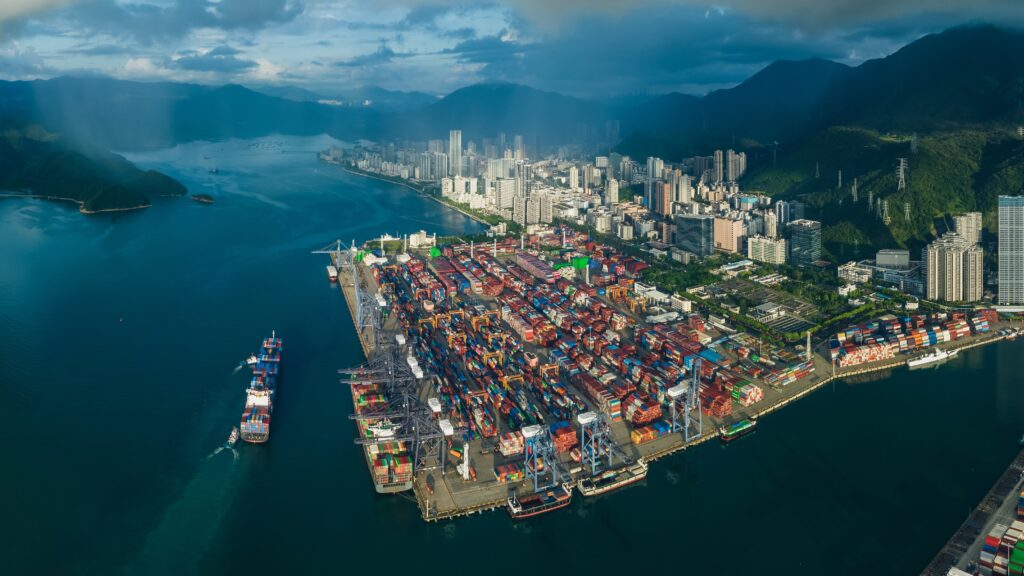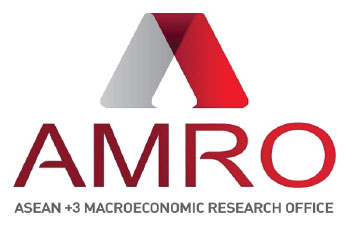
SINGAPORE, January 21, 2025 – The ASEAN+3 Macroeconomic Research Office (AMRO) forecasts the ASEAN+3 region to grow at 4.2 percent in 2025, according to its latest quarterly update of the ASEAN+3 Regional Economic Outlook (AREO). While firm domestic demand and exports growth are expected to underpin regional growth, escalating trade tensions, including higher tariffs, may dampen external demand.
The ASEAN+3 region is on track to achieve a full-year growth of 4.2 percent in 2024, consistent with AMRO’s projection from October 2024. Growth in several ASEAN economies offset marginally weaker-than-expected performance in the Plus-3 economies (China; Hong Kong, China; Japan; and Korea). Meanwhile, headline inflation in the region moderated to 1.7 percent, returning to pre-pandemic levels as global energy and transport prices eased toward the end of 2024.
Growth is expected to be sustained at 4.2 percent in 2025, slightly below the 4.4 percent forecast in the October 2024 AREO Update. The downward revision reflects a new baseline assumption that the US will impose higher tariffs on China in the latter half of 2025. The impact of these tariffs is expected to weigh more heavily on the Plus-3 economies, which are now projected to grow by 4.0 percent in 2025. ASEAN economies are expected to be less affected, with the region projected to expand by 4.8 percent in 2025.
“The global tech upcycle bolstered ASEAN+3’s export performance in 2024, helping to offset weaknesses in domestic consumption in some parts of the region,” said AMRO Chief Economist Hoe Ee Khor. “However, rising trade tensions, particularly the imposition of higher US tariffs, could dampen external demand for the region and other parts of the world in the coming year.”
Price pressures across the ASEAN+3 region are expected to remain well-contained. Inflation—excluding Lao PDR and Myanmar—is expected to increase to 2.1 percent in 2025, driven by improving domestic demand and supply-side adjustments. However, inflation risks remain, stemming mainly from potential spikes in global commodity price and adverse weather conditions.
The economic outlook for ASEAN+3, a region contributing to over 40 percent of global growth, is subject to significant uncertainties. These include escalating trade tensions and shifting expectations for US monetary policy. Recent US economic indicators, such as a persistently tight labor market and firmer core inflation, have fueled concerns about sustained inflationary pressures and prolonged high interest rates. Policy shifts by the new US administration, including higher tariffs and tax cuts, may further heighten inflation risks, tightening external financial conditions for the region.
“Many regional central banks have begun easing monetary policy amid declining inflationary pressures,” noted Dr. Khor. “However, the upward revision in US interest rate expectations could widen the divergence between US and regional interest rate paths, complicating the conduct of monetary policy for ASEAN+3 economies.”
Details of AMRO’s latest analysis can be found in the January AREO Update. The flagship AREO 2025 report, featuring thematic analysis and in-depth insights, will be launched in April 2025.
About AMRO
The ASEAN+3 Macroeconomic Research Office (AMRO) is an international organization established to contribute toward securing macroeconomic and financial resilience and stability of the ASEAN+3 region, comprising 10 members of the Association of Southeast Asian Nations (ASEAN) and China; Hong Kong, China; Japan; and Korea. AMRO’s mandate is to conduct macroeconomic surveillance, support regional financial arrangements, and provide technical assistance to the members. In addition, AMRO also serves as a regional knowledge hub and provides support to ASEAN+3 financial cooperation.
